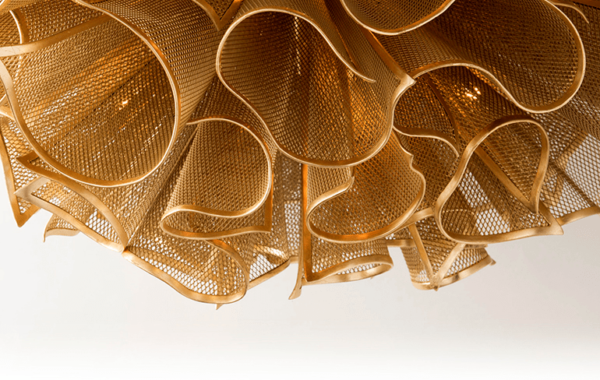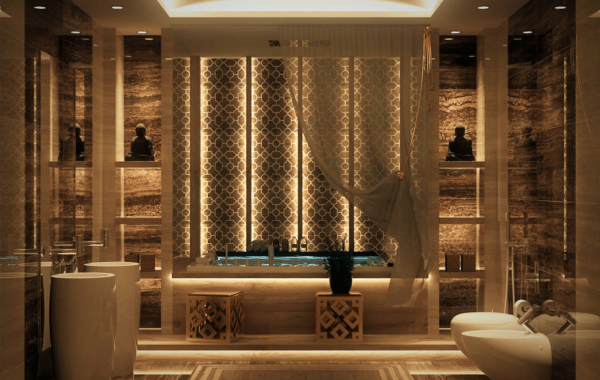
5 Rules for crafting a secure and safe space for your children
| Transform your home into a haven for your little ones – 5 Rules for crafting a secure and safe space for your children When creating a dream home, many people are involved, but one group that is often forgotten is children. However, they are important because a home is not truly enjoyable if children cannot explore and be self-sufficient. A beautiful home that doesn’t meet the needs of the family living in it will quickly become dull and boring. As an Interior Design firm with 15 years of experience, we know that building a disliked home is not easy and is a waste of time and effort. To create a safe and childproof home, follow our tips for the perfect child-friendly space. 1. Make those edges less sharp. The most important thing is to avoid sharp edges in furniture because they can cause harm to children who move around unpredictably and cannot be supervised 24/7. Rounded furniture is the safest option, but sometimes rectangular furniture with pointed corners is needed for a room’s look. To protect children without compromising the aesthetic of your home, we recommend using high-quality corner protectors that can be easily installed and removed without leaving stains on your furniture.  Soft curves and sleek lines blend seamlessly in furniture designed with safety in mind. 2. Avoid Tall and Unstable Furniture Using low furniture not only creates a more spacious feeling but also makes it safer for children because it reduces the risk of falling. Taller pieces like bookcases, drawers, cupboards, and wardrobes are unstable and can easily topple over if not secured properly. In some cases, children have been seriously injured or killed by falling furniture. To prevent these tragedies, heavy furniture must be anchored to the wall or floor to ensure stability and safety. Open floor plans are popular in home ownership, but you don’t have to tear down walls to achieve this look. You can rearrange furniture and get rid of bulky items, or paint an antique piece of furniture to blend it into the background. Choose what works best for your space  Avoid tall and unstable furniture at all costs. 3. Choose safe materials that are free from any dangerous chemicals or toxins. When it comes to child safety, we often remember to choose organic baby products and toys, but we may forget that furniture, flooring, decor, and other parts of our home can also expose children to harmful toxins. While dangerous materials like lead are not commonly found in modern construction materials, there are still some chemicals to be aware of, such as formaldehyde, volatile organic compounds, PFAS chemicals, and vinyl, which can cause various health issues if exposed for a long time. Be sure to read product information carefully to avoid these hazards, as prevention is the best approach to keeping your family safe .  Choose safe materials that are free from any dangerous chemicals or toxins 4. Cover the Electrical Sockets To ensure the safety of young children, cover all electrical sockets in your home with individual outlet caps to prevent them from being electrocuted. Keep power strips out of sight behind furniture or use a power-strip cover.  Cover the Electrical Sockets 5. Avoid placing your furniture near the window To keep your active toddlers safe, avoid placing furniture near windows, as they will likely climb onto them. To prevent falling, it is essential to install a sturdy window gate or guard that meets the latest standards and can be easily opened in emergencies. Even though some families delay decorating until their children are older, even the youngest benefit from living among beautiful objects. A childproof home can be designed by viewing things from a child’s eye level, to identify what’s within their vision and recognize hazardous areas.  Avoid placing your furniture near the window |




